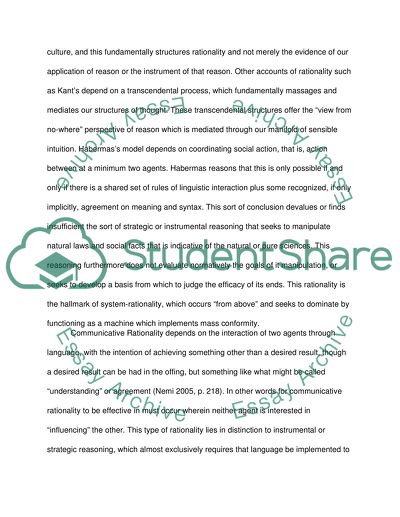Cite this document
(“Contemporary Sociology Book Report/Review Example | Topics and Well Written Essays - 3000 words”, n.d.)
Retrieved de https://studentshare.org/sociology/1521528-contemporary-sociology
Retrieved de https://studentshare.org/sociology/1521528-contemporary-sociology
(Contemporary Sociology Book Report/Review Example | Topics and Well Written Essays - 3000 Words)
https://studentshare.org/sociology/1521528-contemporary-sociology.
https://studentshare.org/sociology/1521528-contemporary-sociology.
“Contemporary Sociology Book Report/Review Example | Topics and Well Written Essays - 3000 Words”, n.d. https://studentshare.org/sociology/1521528-contemporary-sociology.


